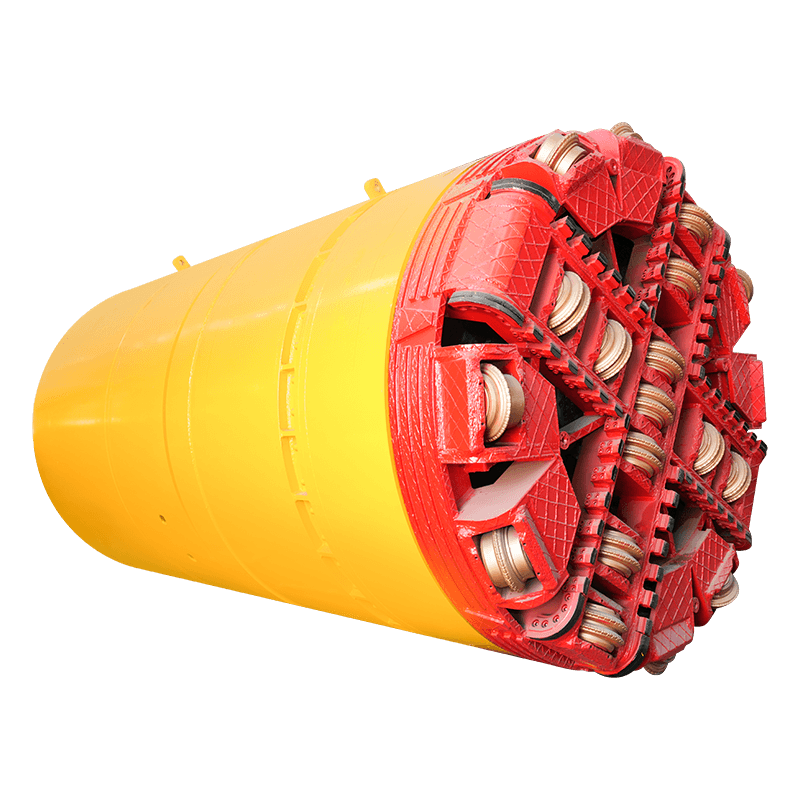The Evolution of Pipe Jacking Machines
The concept of pipe jacking dates back to the early 20th century, but it wasn’t until the 1980s that the technology started to gain widespread use. Early models were rudimentary, relying on basic hydraulic jacks and simple cutters. However, as the demand for more complex infrastructure projects increased, so did the need for more sophisticated equipment.
Modern Pipe Jacking Machines are equipped with advanced features such as:
Automated Control Systems: Today’s machines come with highly sophisticated control systems that allow operators to monitor and adjust parameters in real time, ensuring precise alignment and minimizing the risk of failure.
Laser Guidance: Laser technology is often used for alignment during the jacking process, ensuring the pipe is installed in the exact position specified in the project plans.
Integrated Monitoring Systems: These systems provide valuable data on soil conditions, pipe stress, and machine performance, allowing operators to make adjustments if needed.
Customizable Cutter Heads: Modern machines allow for the customization of cutter heads, enabling them to bore through different soil types and conditions, from soft clay to hard rock.
The Role of Technology in Enhancing Performance
The integration of cutting-edge technology has made Pipe Jacking Machines faster, safer, and more accurate. These innovations are crucial for tackling the increasing challenges of urban construction, where space is limited, and surface disruption must be minimized.
Precision and Alignment: One of the biggest challenges in underground construction is ensuring that pipes are laid at the correct angle and alignment. Advanced laser guidance systems and GPS technology have made it possible to achieve pinpoint accuracy, even in complex tunneling environments.
Soil Condition Monitoring: Real-time monitoring of soil conditions has become a vital part of pipe jacking. Machines are now equipped with sensors that measure soil pressure, temperature, and moisture, providing operators with the data they need to adjust the tunneling process accordingly. This minimizes the risk of pipe damage and tunnel collapse.
Increased Power and Efficiency: Advances in hydraulic technology have allowed modern Pipe Jacking Machines to generate significantly more force, allowing for faster installation of longer sections of pipe. Additionally, the use of energy-efficient motors and components has improved the overall efficiency of the machine.

Future Trends in Pipe Jacking
The future of Pipe Jacking Machines is expected to be heavily influenced by further advancements in automation, artificial intelligence (AI), and machine learning (ML). Here are some trends to watch out for:
Full Automation: The industry is moving toward fully automated Pipe Jacking Machines that can operate with little to no human intervention. These machines would be capable of monitoring their own performance, adjusting settings as needed, and even performing routine maintenance tasks.
Smart Machines: With the integration of AI, future machines could be capable of making real-time decisions based on environmental conditions, optimizing the tunneling process to reduce time and cost.
Sustainability Focus: With increasing environmental concerns, there is a growing focus on developing eco-friendly Pipe Jacking Machines that use less energy and minimize environmental impact. The development of machines that can recycle tunnel spoil or reduce emissions could play a key role in the industry's future.













 English
English  русский
русский  عربى
عربى 













